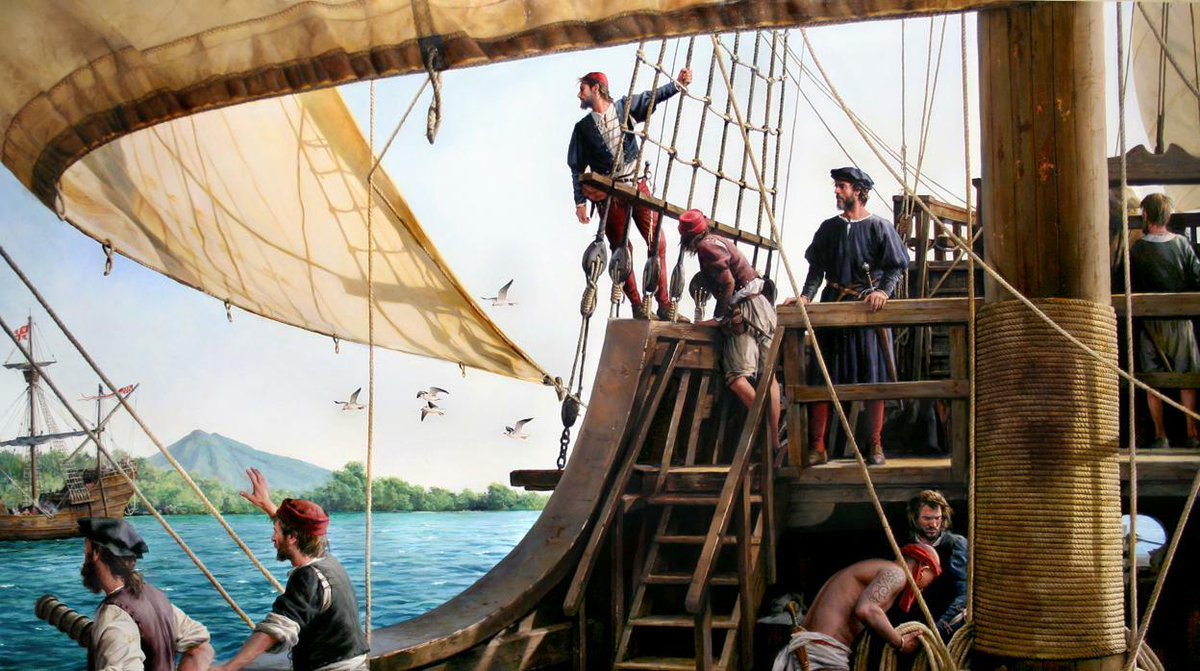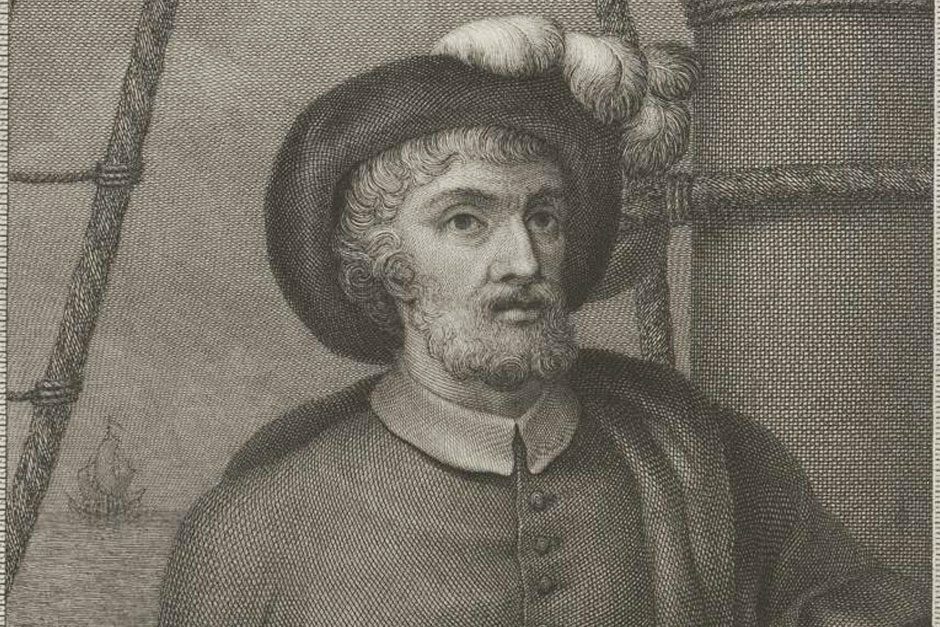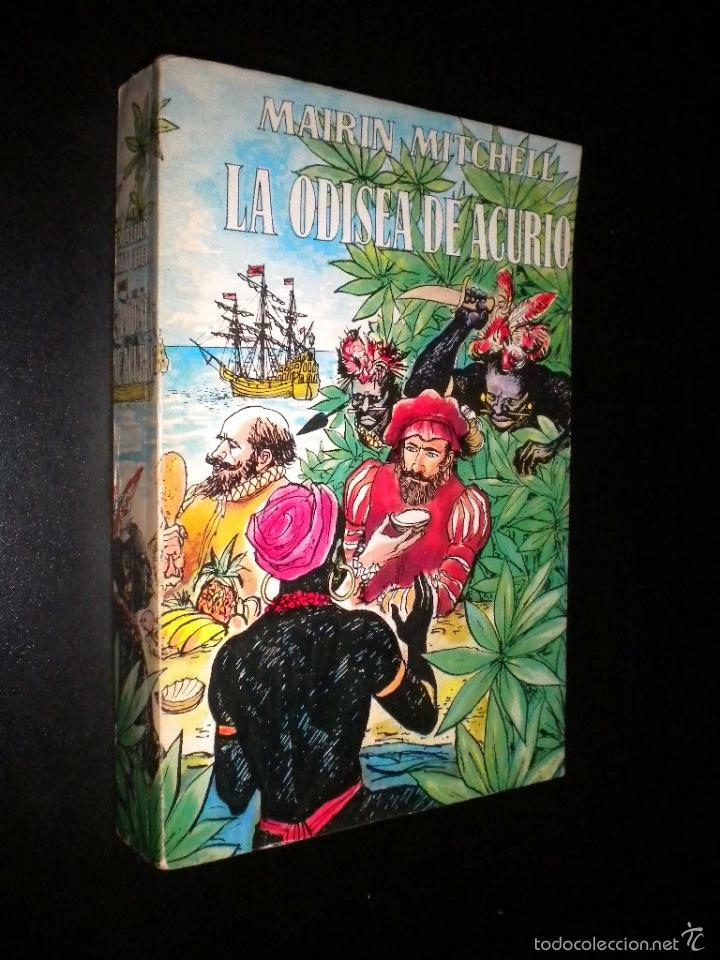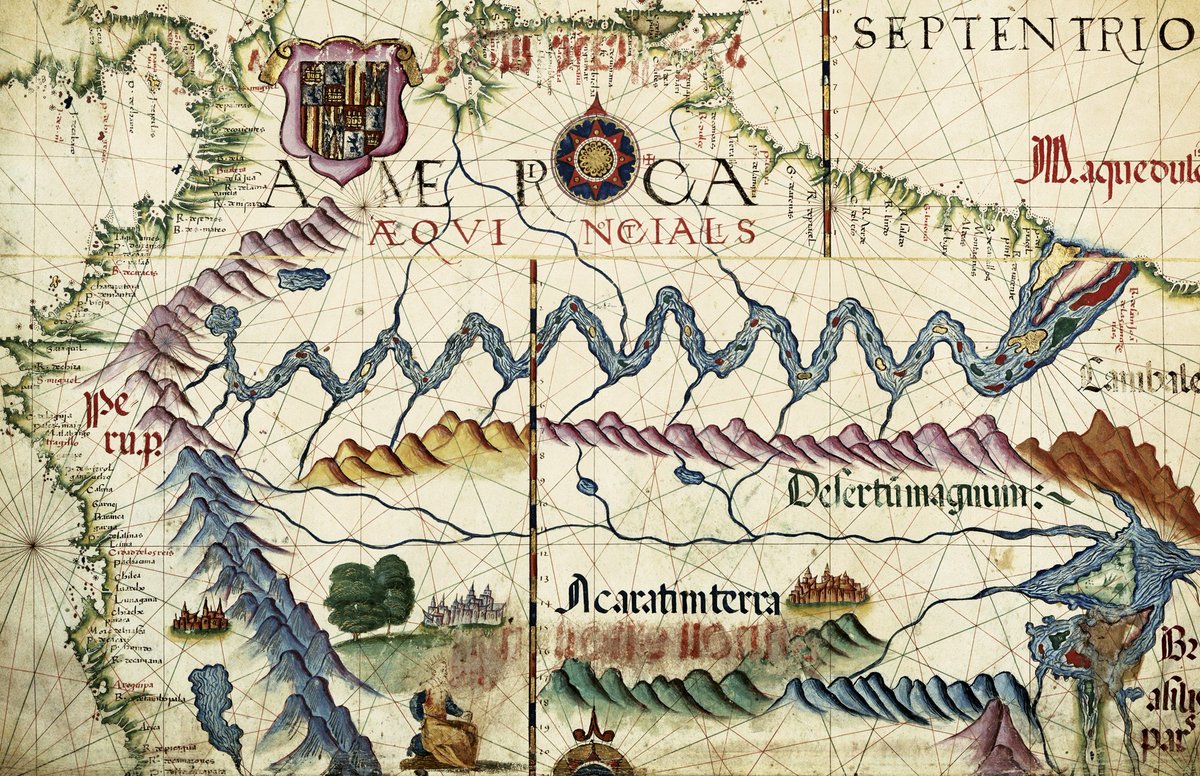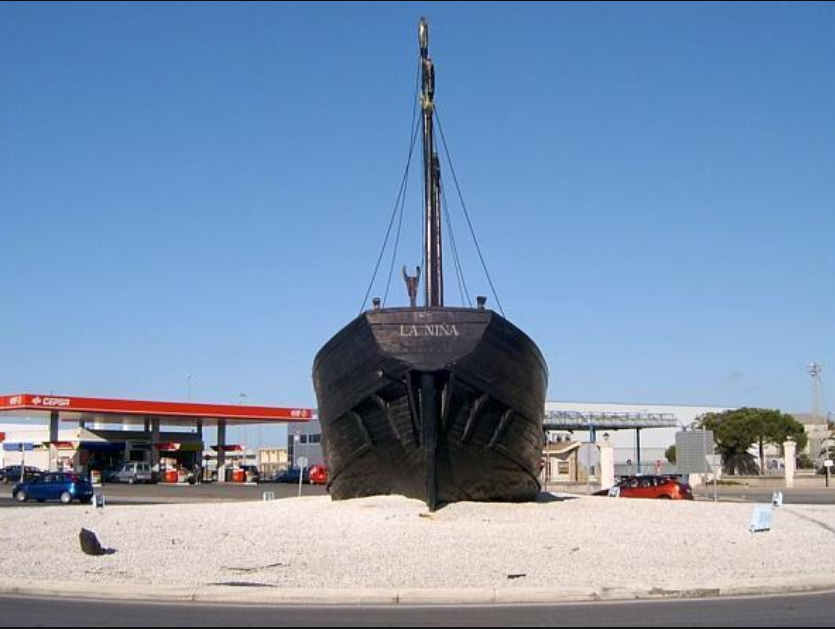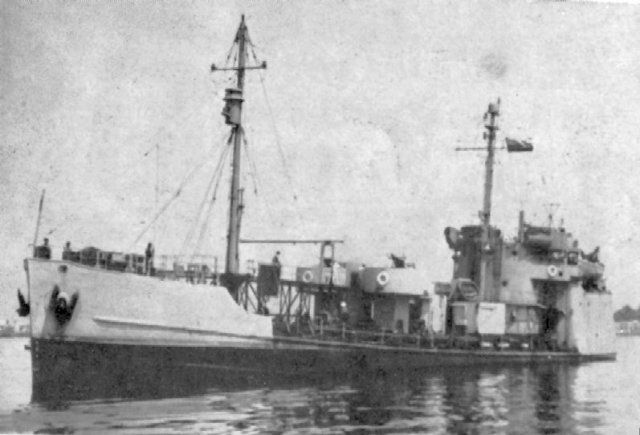The painter José García Guerrero passed away in Barcelona exactly 30 years ago. He was an artist from Granada who would end up traveling to New York and obtaining U.S. citizenship. #RespectHispanicHeritage
Painting by @centro_guerrero.
Painting by @centro_guerrero.

José Guerrero became interested in art while working in a carpentry workshop, so he entered the School of Arts and Crafts in Granada in 1931, at the age of 17. After his time in the Civil War, he went to study in Madrid at the @rabasf. #RespectHispanicHeritage.
📸: Carlos Delgado
📸: Carlos Delgado

Guerrero left Madrid after finishing his studies to seek inspiration in Europe: in Paris, he studied the works of Picasso and Matisse and in Rome, he met his wife Roxanne, a journalist for Life magazine. #RespectHispanicHeritage
Picture: @museoreinasofia
Picture: @museoreinasofia

In 1949, encouraged by his wife, he moved to New York. Once there, he fell in love with the city's art movement, the works of Jackson Pollock being of particular inspiration for him. #RespectHispanicHeritage
Artwork by the @caac_sevilla.
Artwork by the @caac_sevilla.
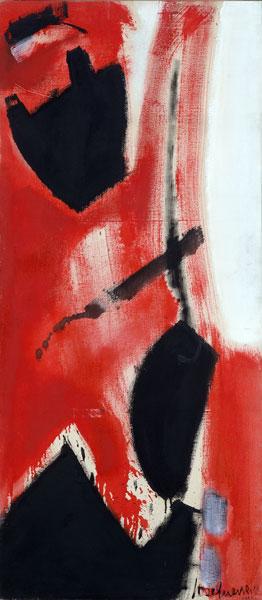
Guerrero's art began to gain relevance in the country starting in 1954, after an exhibition alongside Joan Miró at the @artsclubchicago. From that moment on, his works would be presented in museums such as the @Guggenheim, the @brooklynmuseum or the @whitneymuseum. 

Guerrero returned to Spain in 1965, after suffering a personal crisis, and, since then, alternated extended stays between the two countries. His art evolved with the development of his time, increasingly abandoning figurativism for abstraction. #RespectHispanicHeritage 



José Guerrero joins the list of Spanish artists who have a space in New York, promoting Hispanic art in the US, as many others do in the @HSAmuseum .
hispaniccouncil.org/117-anos-de-la…
hispaniccouncil.org/117-anos-de-la…
• • •
Missing some Tweet in this thread? You can try to
force a refresh


